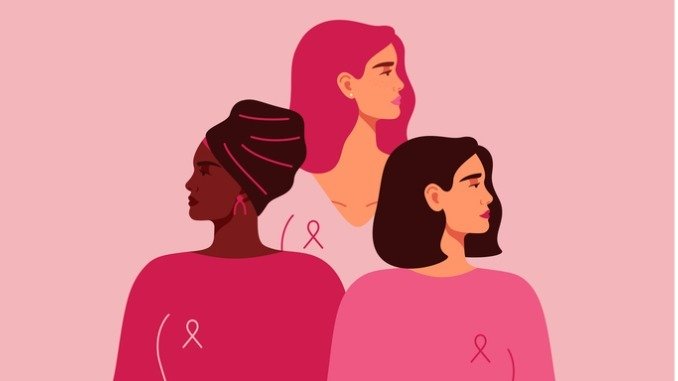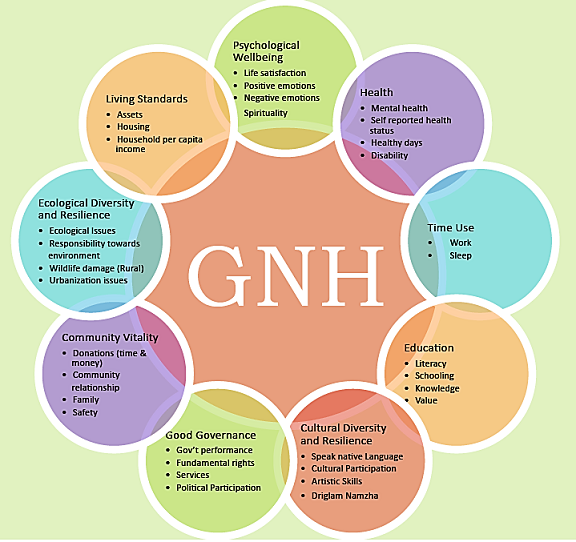
For as far back as modern medicine history, women’s health has almost always taken a backseat. From misdiagnosing problems to mistreatment of ailments, it is evident how women of this world have suffered due to the failure of the healthcare system to shed equal light on them. A persistent issue, also coined as the women’s health gap. As the last several years have presented drastic improvements, it is imperative to know where we have been able to do this and how things are finally being turned around.

The establishment of gender bias in medicine
The sources of inequality can be traced back to the way medical studies have been conducted for much of the modern era. Until the 1990s, nearly all clinical trials were done using male individuals, with an understanding that whatever worked with men was bound to work with women, too. This overlooked key biological differences – hormones, metabolism, and even the way diseases manifest themselves in the body.
The refusal to permit the women in these trials largely stemmed from the concern of protecting reproductive capacity or avoiding pregnancy risks. This caution was further strengthened by the thalidomide tragedy of the 1950s, a fatal consequence of a certain drug introduced to pregnant women, the side effects of which included irreversible defects in newborn babies. The medical world, however, preferred to exclude women and stood its ground of refusal in conducting research for alternatives.
The result? The symptoms of women were negated, misdiagnosed, or even shoved off as an aspect of psychology. For example, Maladies, the heart disease do not usually appear in the same manner for women; they may encounter it as nausea, tiredness, and pain in the jaw, as opposed to the dramatic chest-clutching associated with symptoms presented in males. Due to a lack of training among doctors to identify these warning signs, millions of women were discharged without having been prescribed any treatment. The disorders, which were over-represented among women, such as autoimmune disorders, were given limited to negligible attention, and access to minimal financing.
Turning the Tide
Change came about in the early 1990s. The NIH Revitalisation Act of 1993 meant that women and minorities should be represented in federally funded research. This proved to be a turning point: medical research could no longer afford to ignore fifty percent of the population. The move led to the creation of the “Office of Research on Women’s Health,” Which played a significant role in closing the gender gap.
Such policies have subsequently changed. The FDA initiated sex-specific drug information applications in 2013, as it recognised the fact that men and women have different metabolisms of drugs. Gradually, research institutes have become adamant in questioning scientists and experts in the field about the lack of female representation in experiments conducted. This thrust has created increased knowledge on the health of women compared to the past.

A Step Toward Change
We have already begun reaping the rewards. Women are starting to feature in cardiovascular research basics at a regular rate to assist medical professionals, who now understand that heart attack symptoms greatly vary between the sexes. The Hollywood heart attack stereotype has been opposed in campaigns that have taken a positive step toward raising awareness regarding the same.
Researchers in the field of mental health are investigating and studying how hormones affect women throughout their lives, from puberty to menopause. The specialised research has helped influence the improvement of care in conditions such as postpartum depression and perimenopausal mood disorders.
Additionally, genetic progress has provided access to personalised medicine whereby, given our knowledge on why some afflictions, including autoimmune disorders, prefer women, they can be further treated accordingly.
Innovation and Tech
Change is increasing because of technology. Femtechs on the apps and devices that predict ovulation, reproductive health, and menopause are giving women knowledge and access to care. Machine learning and artificial intelligence that were initially biased (as they had mostly been trained on male data) are being improved to identify gender-specific health dynamic behaviour.

The road ahead
Healthcare being made attentive, inclusive, and not male-oriented, rather human-centric, becomes the need of the hour. Though complete reformation has not been achieved yet, the improvement is certainly acquired. Discoveries in tech to policymaking, medicine is gradually coming to hear women attentively speak up on their bodies, and certainly not as secondary to men.
Written by – Ishani Manvi
Edited by – Khushboo Dandona
The post The Slow Disappearance of the Women’s Health Gap appeared first on The Economic Transcript.


